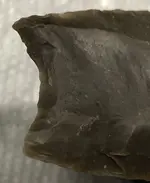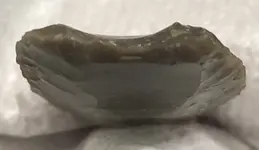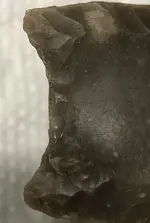digi-shots
Jr. Member
Over the years, I’ve collected, searched, and have been given lots of odds and ends.
These two points were given to me quite a few years ago… I never realized how important it was to record where they were found. One looks very similar to a Clovis (with about 1/3 fluted)… not sure about the other one.
In searching some of the threads posted here, I learned quite a bit. Can anyone tell me if these are period items (especially the fluted one) or newly napped?
Thanks for looking… I appreciate the shared knowledge.
These two points were given to me quite a few years ago… I never realized how important it was to record where they were found. One looks very similar to a Clovis (with about 1/3 fluted)… not sure about the other one.
In searching some of the threads posted here, I learned quite a bit. Can anyone tell me if these are period items (especially the fluted one) or newly napped?
Thanks for looking… I appreciate the shared knowledge.
Attachments
-
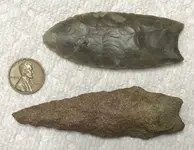 81330345-BA0D-41FB-953F-9720F8FE3798.webp437 KB · Views: 82
81330345-BA0D-41FB-953F-9720F8FE3798.webp437 KB · Views: 82 -
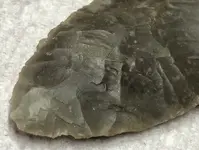 BFD0F11B-41E0-4088-B250-59329B21B1BE.webp153.3 KB · Views: 84
BFD0F11B-41E0-4088-B250-59329B21B1BE.webp153.3 KB · Views: 84 -
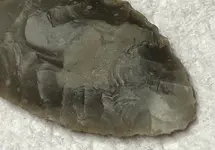 D858BC17-FC62-45A6-B8BB-B93970EDACF4.webp347.4 KB · Views: 79
D858BC17-FC62-45A6-B8BB-B93970EDACF4.webp347.4 KB · Views: 79 -
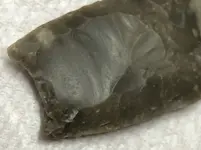 D4306DA7-CEC1-476D-AD4E-0A64C52E0152.webp229.9 KB · Views: 82
D4306DA7-CEC1-476D-AD4E-0A64C52E0152.webp229.9 KB · Views: 82 -
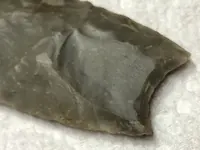 99CB5BB4-5B78-479F-A518-51AF06A942F5.webp96.5 KB · Views: 82
99CB5BB4-5B78-479F-A518-51AF06A942F5.webp96.5 KB · Views: 82 -
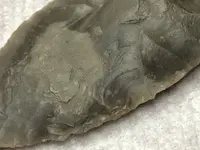 92D0FCCD-636D-4EBF-AC35-40B966DAA30E.webp181.5 KB · Views: 78
92D0FCCD-636D-4EBF-AC35-40B966DAA30E.webp181.5 KB · Views: 78 -
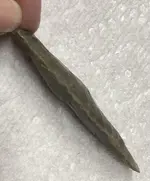 7884825A-5292-4AEB-AC38-82804A004669.webp143.2 KB · Views: 76
7884825A-5292-4AEB-AC38-82804A004669.webp143.2 KB · Views: 76 -
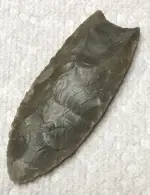 DB8CEAAF-D366-4E59-9961-B348F76C335D.webp345.3 KB · Views: 75
DB8CEAAF-D366-4E59-9961-B348F76C335D.webp345.3 KB · Views: 75 -
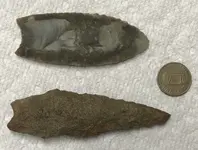 6DAC261E-22DC-47E4-B44B-E06C454C16A7.webp428.1 KB · Views: 81
6DAC261E-22DC-47E4-B44B-E06C454C16A7.webp428.1 KB · Views: 81
Upvote
3



 ? I hope I'm wrong. You need to get a professional opinion on a piece like that. It could be worth a lot of $$$$. Good luck.
? I hope I'm wrong. You need to get a professional opinion on a piece like that. It could be worth a lot of $$$$. Good luck.